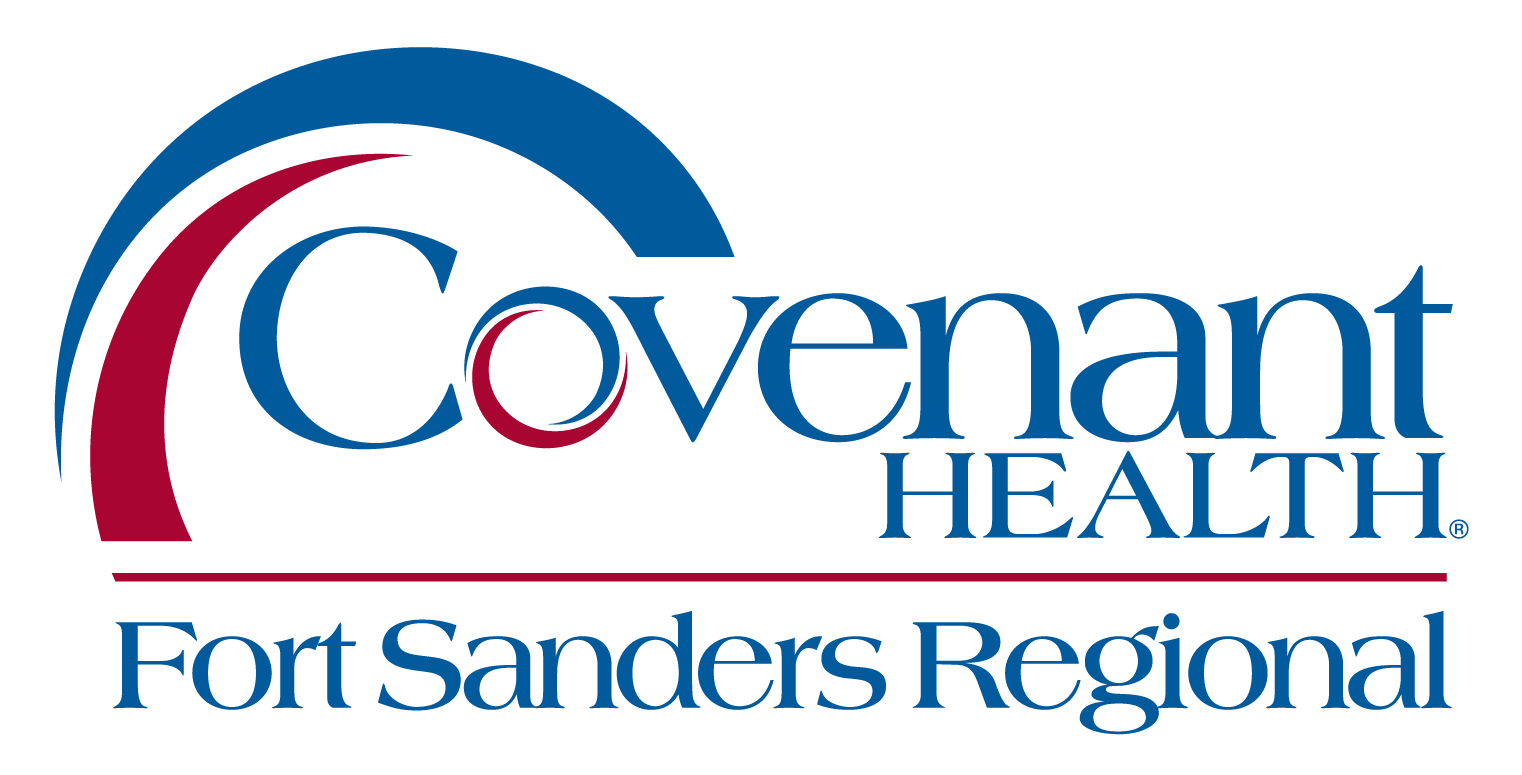Bi-Plane Angiography

Fort Sanders Regional Medical Center was the first facility in the area to combine CT and bi-plane angiography with a full-time neurointerventional radiologist to provide our region with minimally invasive options for treating stroke, aneurysms and other vascular diseases in the brain. With this system, minimally-invasive procedures can be performed preventing patients from undergoing surgery or an extended hospital stay.
Bi-plane technology improves imaging and resolution, creating comprehensive 3-dimensional views of the blood vessels in the brain. Having a more precise picture of an abnormality makes it easier to diagnose and repair.
A team of American Registry of Radiologic Technologists (ARRT) certified technologists and nurses assist the radiologist with each procedure. Micro-catheters are inserted through the groin and then guided to the area of treatment to either administer medications, coil aneurysms or retrieve clots. These non-surgical procedures often have very short hospitalization, all while keeping radiation exposure to a safe minimum.

Bi-Plane Angiography Procedures
- Emergent clot removal for stroke
- Minimally invasive treatment for aneurysms
- Arteriovenous Malformation (AVM) treatment
- Opening blocked arteries for recurrent strokes
- Opening blocked veins for headaches
There is a time limitation for emergent stroke treatments. Patients must get to the emergency room as soon as possible after symptom onset in order to receive these treatments.
Contact Fort Sanders Regional
For more information about Bi-Plane Angiography services, please call 865-673-FORT.


